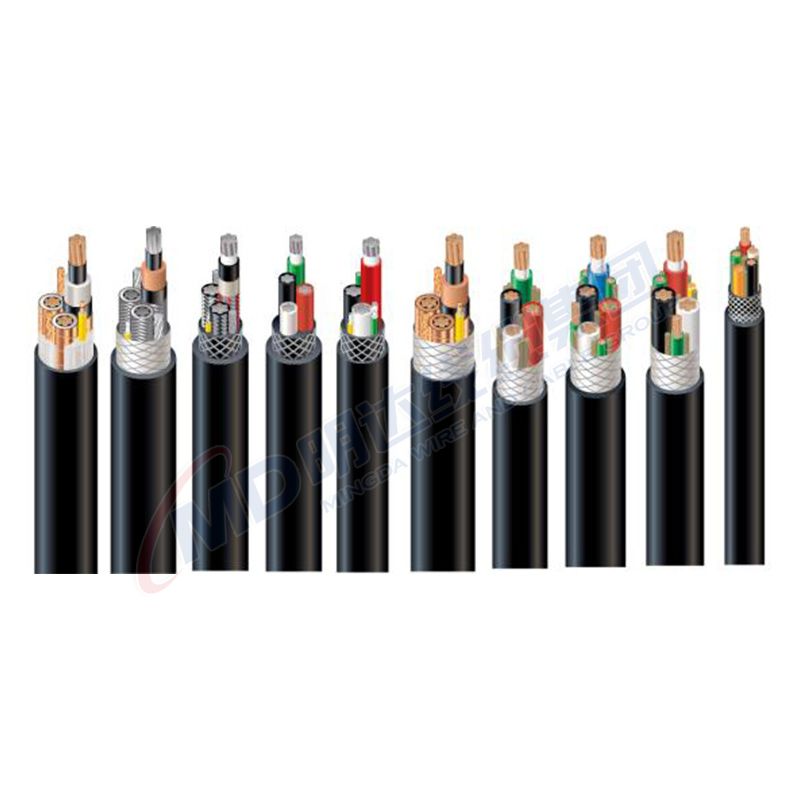Dec . 11, 2024 19:46 Back to list
rubber expansion joint flange type
Understanding Rubber Expansion Joint Flange Types
In the realm of engineering and plumbing, rubber expansion joints are crucial components designed to absorb movement and vibrations in piping systems. They play a vital role in maintaining the integrity of piping systems, especially under various operating conditions. One of the essential aspects of rubber expansion joints is the flange type, which can significantly influence their performance and functionality. This article explores the different types of rubber expansion joint flanges and their applications.
What are Rubber Expansion Joints?
Rubber expansion joints are flexible connectors made from elastomeric materials. They serve as compensators to accommodate thermal expansion, vibration, misalignment, and noise suppression in pipelines. Their design allows for angular and axial movement while maintaining a tight seal against leaks. These joints are generally utilized in various industries, including water supply, wastewater management, petrochemical, and HVAC systems.
Flange Types in Rubber Expansion Joints
Flanges are the integral parts that connect rubber expansion joints to pipe systems. They come in various styles and configurations, impacting how the joints operate. Below are some common flange types used with rubber expansion joints
1. Flat Face Flange (FF) The flat face flange features a flat sealing surface that sits directly against a corresponding flat face flange. This design is often used in low-pressure systems and is suitable for applications where the strict alignment of piping is guaranteed.
2. Raised Face Flange (RF) The raised face flange comes with a protruding section that allows enhanced sealing pressure. This design is ideal for higher pressure applications. The raised face increases the gasket surface area, providing better sealing capabilities compared to flat face flanges.
3. Blind Flange Blind flanges act as a seal for the end of a piping system. They have no opening in the center and are primarily used to close off a section of a pipeline. Blind flanges can also allow for future access to pipelines during maintenance.
4. Lap Joint Flange A lap joint flange is used in conjunction with a stub end. This design provides flexibility in misalignments and allows for easy removal and realignment of pipelines while offering a strong connection.
rubber expansion joint flange type

5. Socket Weld Flange This flange type is designed for small diameter high-pressure piping systems. A socket weld flange is inserted over the pipe and welded in place, providing a strong and permanent connection.
Material Choices for Flanges
Flanges for rubber expansion joints can be made from various materials, including carbon steel, stainless steel, and plastic, depending on the application and environmental conditions
. The selection of material is crucial, as it affects durability, resistance to corrosion, and overall performance under pressure and temperature variations.Factors to Consider When Choosing Flange Types
When selecting the appropriate flange type for rubber expansion joints, several factors need consideration
- Pressure Requirements Assessing the operating pressure of the system is vital to choose the correct flange type that can withstand it. - Temperature Variations Temperature extremes can affect the performance of the rubber material and the integrity of the flange connection. Ensure the chosen flange can handle expected temperature changes.
- Installation Constraints The available space and alignment of the piping system can dictate which flange type is feasible for installation.
- Maintenance Needs Consider how often the system will require maintenance or inspections, as some flange types provide easier access than others.
Conclusion
In conclusion, rubber expansion joint flange types play a critical role in ensuring the efficient operation of piping systems across various industries. By understanding the different flange types and their applications, engineers and technicians can make informed decisions that enhance the durability and reliability of their systems. Proper selection, combined with high-quality materials, ensures that rubber expansion joints will perform effectively under challenging conditions, thereby extending the life of the piping infrastructure.
Share
-
Reliable Wafer Type Butterfly Valves for Every IndustryNewsJul.25,2025
-
Reliable Flow Control Begins with the Right Ball Check ValveNewsJul.25,2025
-
Precision Flow Control Starts with Quality ValvesNewsJul.25,2025
-
Industrial Flow Control ReliabilityNewsJul.25,2025
-
Engineered for Efficiency Gate Valves That Power Industrial PerformanceNewsJul.25,2025
-
Empowering Infrastructure Through Quality ManufacturingNewsJul.25,2025